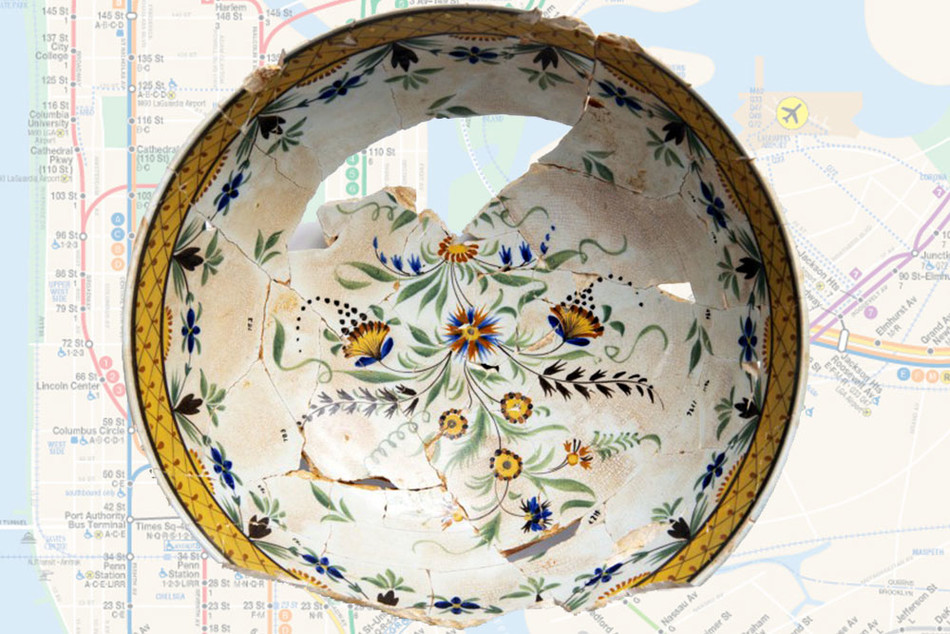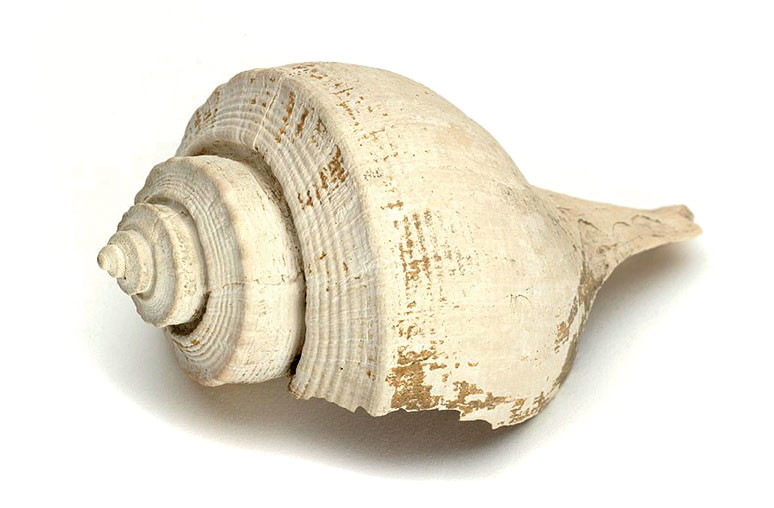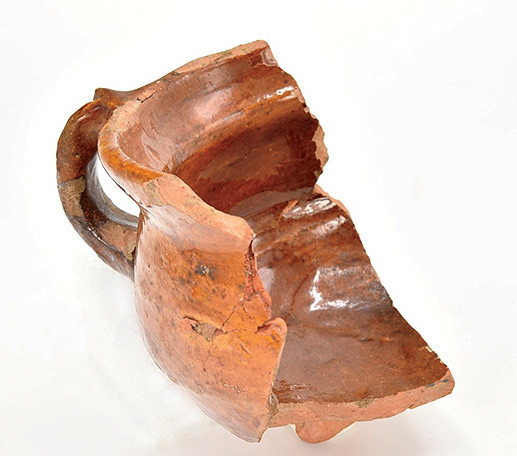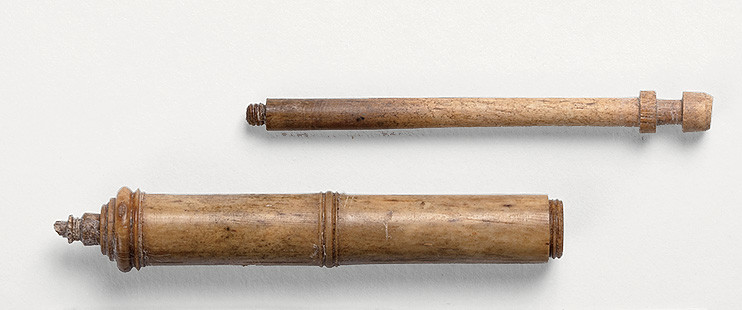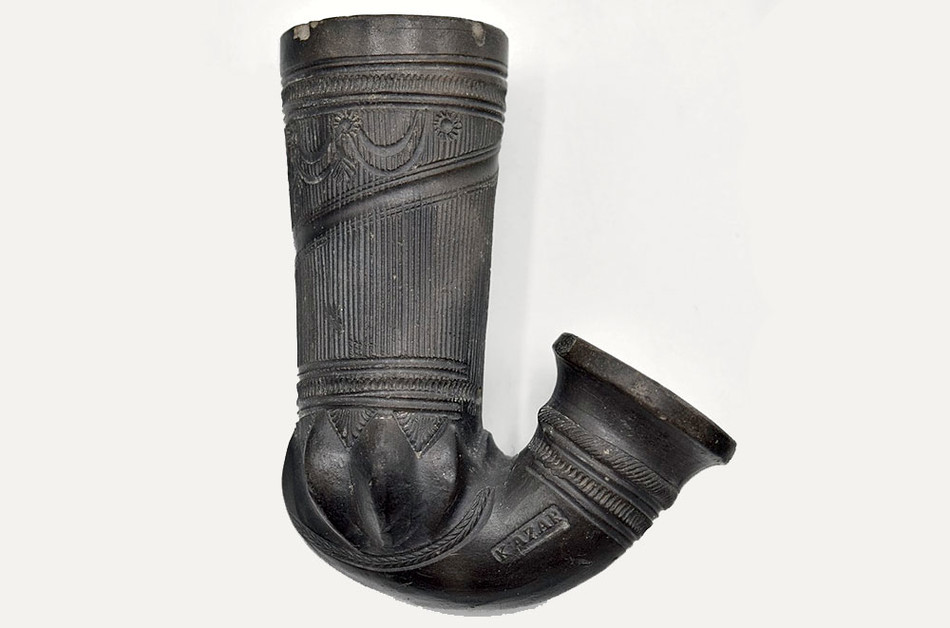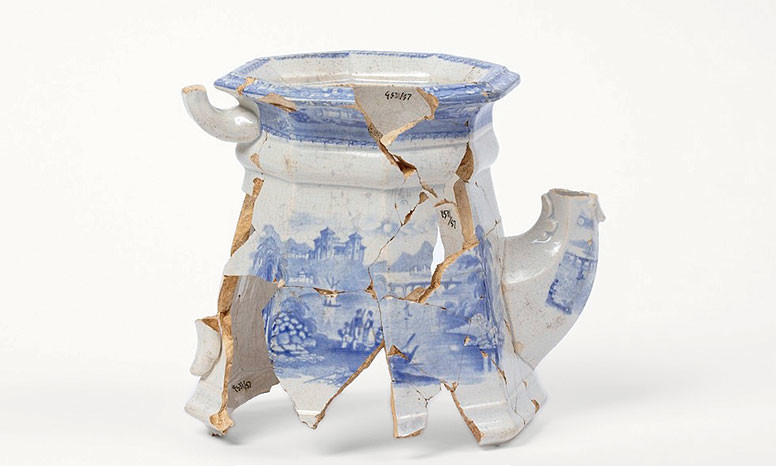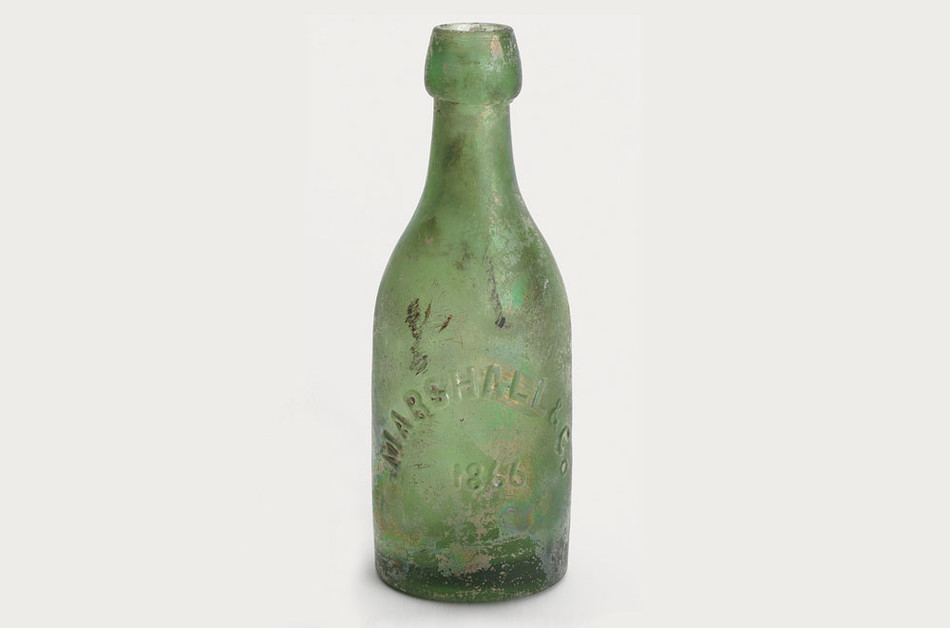New Yorkers have always been forward-looking, with a commitment to growth and renewal that often trumps concerns for historic preservation. Ironically, this restlessness has generated an unusually rich archaeological record: for the first 350 years after the Dutch colonized Manhattan, aging buildings were routinely torn down and built over, with the remnants of former inhabitants’ lives frequently entombed in the ruins.
Nan A. Rothschild ’62GSAS, a Columbia professor emerita and a pioneer of urban archaeology, has spent her career digging up the belongings of long-gone New Yorkers in order to gain new insights into the city’s past. Some of her most important discoveries, along with artifacts unearthed by many other archaeologists in the five boroughs, are showcased in her new book, Buried Beneath the City: An Archaeological History of New York, cowritten by Amanda Sutphin ’92BC, H. Arthur Bankoff, and Jessica Striebel MacLean ’05GSAS. Published as a companion to the collection of the New York City Archaeological Repository on West 47th Street, which in 2016 was named in honor of Rothschild, Buried Beneath the City provides a fascinating visual complement to traditional histories based on written records.
“The material objects we find underground often illuminate the lives of ordinary people who aren’t well-represented in the documentary evidence, including women, enslaved people, Indigenous communities, and the poor,” says Rothschild.
Pictured below are some highlights from the book.
A six-thousand-year-old spear point found in College Point, Queens.
A shell of a type used by local Iroquoian and Algonquian groups to make wampum beads, found near South Ferry terminal.
A fragment of an early Dutch redware pot found at 7 Hanover Square.
A bone-handled toothbrush with boar-hair bristles, from the mid-nineteenth century, found on Pearl Street.
A nineteenth-century syringe and plunger carved from bone, found on Beekman Street.
A nineteenth-century Hungarian smoking pipe, found in Lower Manhattan.
A teapot owned by a middle-class family in the Black enclave of Seneca Village, which was cleared in 1857 to make way for Central Park.
A glass soda-water bottle, dated 1866, found on Pearl Street.
This article appears in the Winter 2022-23 print edition of Columbia Magazine with the title "The stories beneath the streets."
